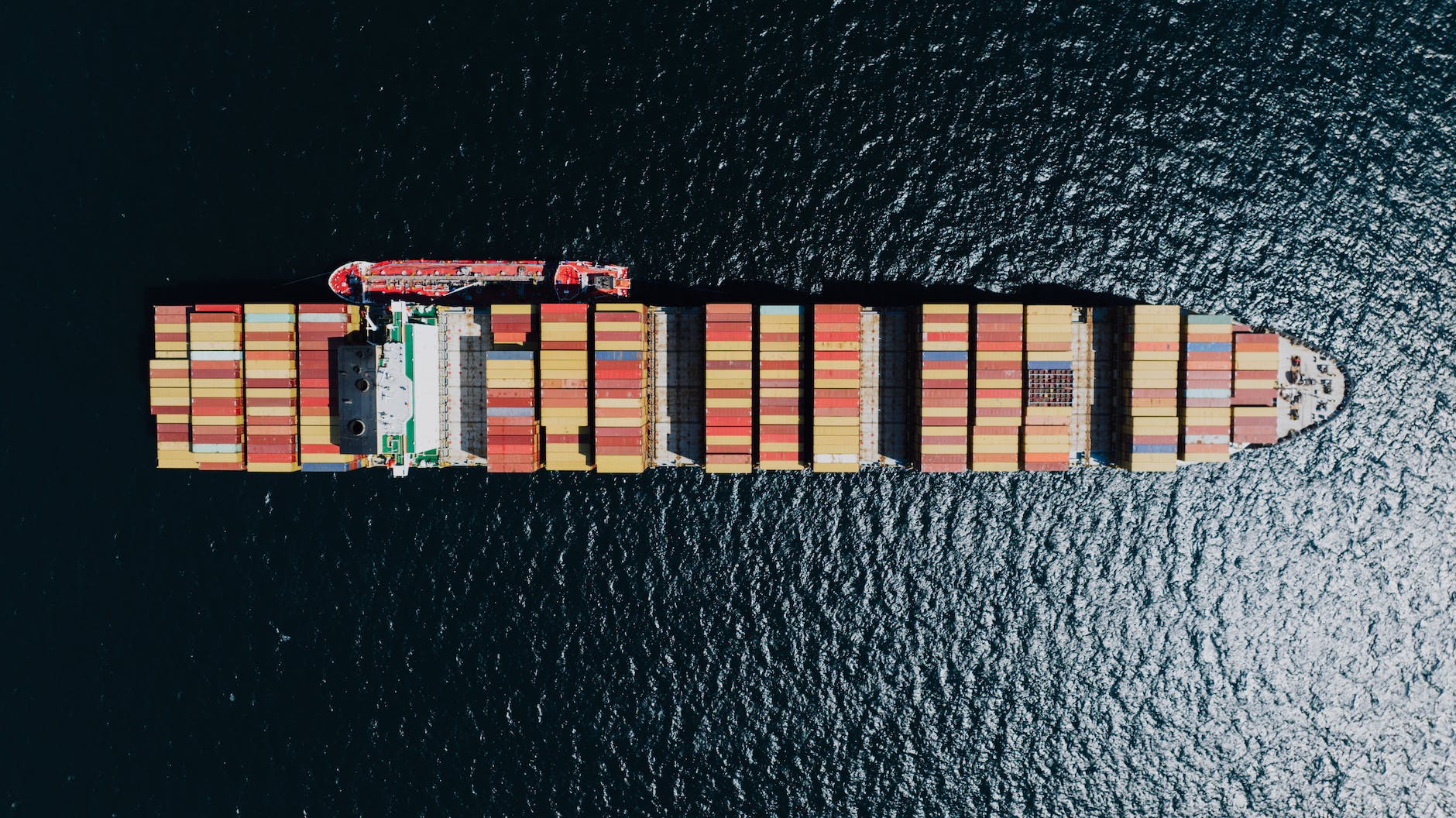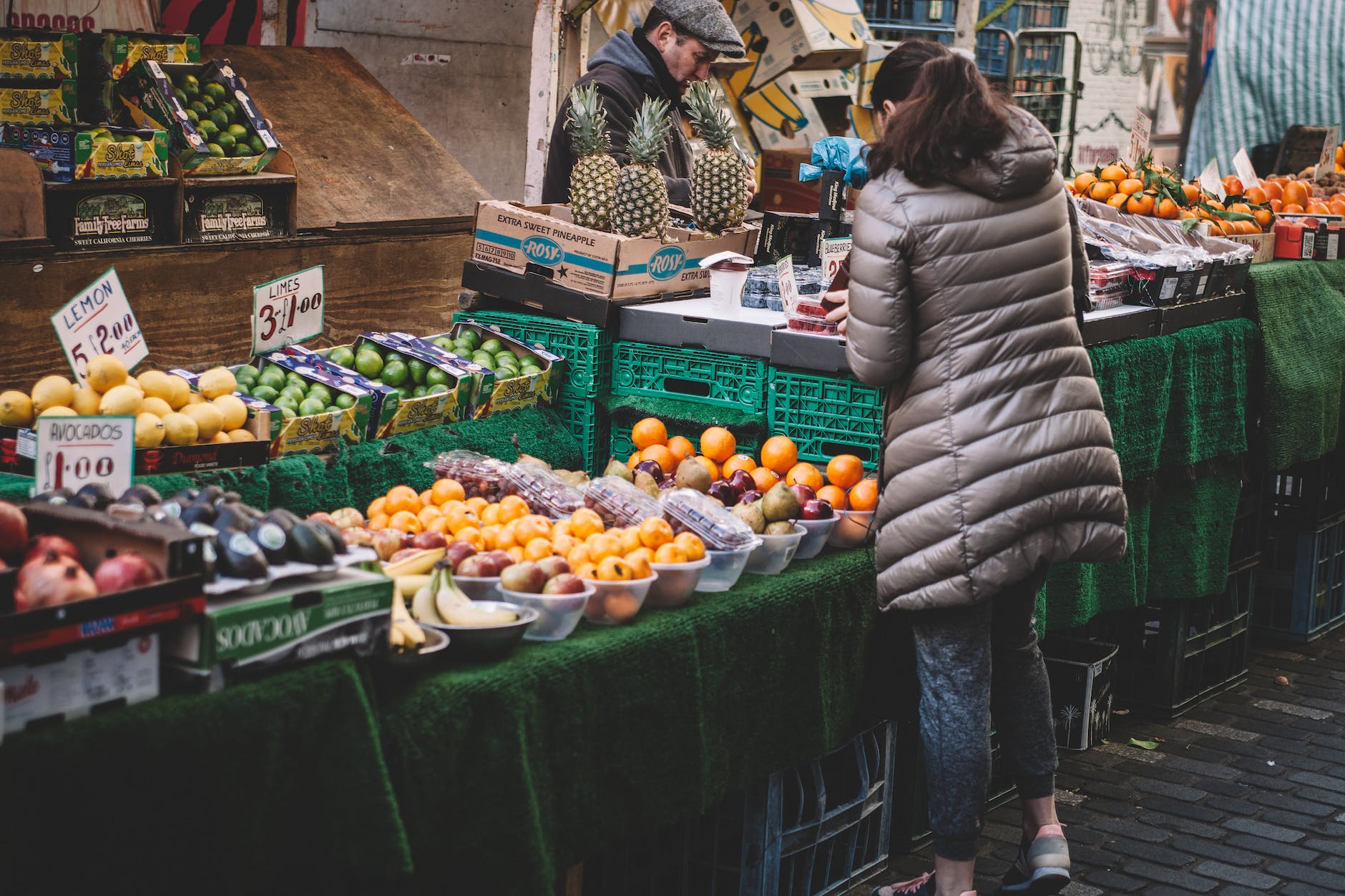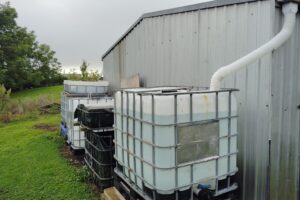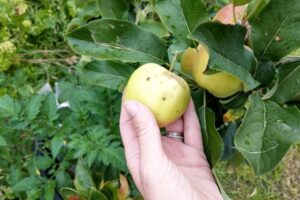
Food Miles
A “food mile” is a term used to describe the distance food items travel from the point of production until they reach the consumer. This concept is often used in discussions about the environmental impact of transporting food, as longer distances generally mean higher energy consumption and increased carbon emissions associated with transportation.

Use the Food Miles Calculator at foodmiles.com to check the impact of importing a particular food item.
The idea behind calculating food miles is to assess the environmental footprint of food transportation. It’s a component of a larger conversation about sustainable agriculture and food consumption. When food is sourced locally, it tends to have fewer food miles, which is considered more environmentally friendly. Conversely, food that has traveled long distances, often across continents, tends to have a higher environmental impact due to the energy used in transportation.
However, it’s important to note that the concept of food miles is a simplification. The overall environmental impact of food production and transportation is complex and influenced by many factors, such as the mode of transportation, the type of food, and the methods of production. For instance, a product that is transported a long distance by a highly efficient method may have a lower overall environmental impact than a locally-produced item that requires resource-intensive farming practices.
Locally Grown Organic Lettuce
- Distance Traveled: Minimal, often within a few miles.
- Transportation Method: Typically by small trucks or vans.
- Environmental Impact: Generally lower due to the short travel distance. Fuel consumption and emissions are minimized.
- Additional Factors: Organic farming practices can contribute to a lower environmental impact by avoiding synthetic fertilizers and pesticides, which reduces the overall carbon footprint.
Traveled Lettuce
- Distance Traveled: This could be hundreds or even thousands of miles, often involving international transport.
- Transportation Method: Might include a combination of long-haul trucks, ships, and airplanes.
- Environmental Impact: Significantly higher due to longer distances. Each mode of transport contributes to carbon emissions and energy use. For example, air transport has a much higher carbon footprint per mile compared to road transport.
- Additional Factors: The farming method (conventional or organic) also plays a role. However, long-distance transport tends to overshadow the benefits of more sustainable farming practices in terms of overall environmental impact.
Comparative Analysis
- Carbon Footprint: The locally grown lettuce typically has a much lower carbon footprint due to reduced transportation emissions.
- Energy Efficiency: Local transport is more energy-efficient, while long-distance transport, especially by air, is less energy-efficient.
- Overall Sustainability: Locally grown lettuce is often more sustainable, not just in terms of food miles but also considering the benefits of organic farming practices.
To see statistics related to NZ imports and exports data is available from WITS
What do we import?
It might seem obvious that we import tropical fruits that don’t grow particularly well in New Zealand but we also import many goods that are simply out of season here also. This highlights the additional food miles influenced by consumers choosing to not eat seasonally.
- Tropical Fruits: Items like bananas, pineapples, mangoes, and papayas are typically imported, as New Zealand’s climate is not suitable for growing these tropical fruits.
- Citrus Fruits: While some citrus fruits are grown domestically, the country often imports additional quantities of oranges, lemons, limes, and grapefruits to meet consumer demand, especially outside the local growing season.
- Grapes: New Zealand has a thriving wine industry but still imports table grapes, especially when they are out of season locally.
- Stone Fruits: Fruits like peaches, nectarines, plums, and apricots are grown in New Zealand, but there can be imports to supplement local production, particularly in the off-season.
- Berries: While New Zealand grows a variety of berries, there are times when berries like blueberries, raspberries, and strawberries are imported to cover gaps in local production.
- Nuts: Certain types of nuts, such as almonds and peanuts, are commonly imported, as they are not widely grown in New Zealand.
- Apples and Pears: Although New Zealand is a significant exporter of apples and pears, it may import these fruits during off-season periods to maintain year-round availability.
- Avocados: New Zealand grows avocados but also imports them, particularly when local avocados are out of season.
- Garlic and Onions: These are staple ingredients in many cuisines, and while New Zealand grows them, there’s also a significant amount of import, particularly garlic.
- Tomatoes and Capsicums (Bell Peppers): These are grown in New Zealand, but imports occur to supplement local production, especially in the winter months.
The balance between import and local production can vary from year to year based on factors like weather conditions, changes in consumer preferences, and global market dynamics.
What can individuals do to reduce food miles?

Here are some ways individuals can help reduce the distance food travels before it reaches their plate:
- Buy Locally Produced Food: Purchase fruits, vegetables, meats, and other products grown or produced in your local area. This not only reduces transportation distances but also supports local farmers and communities.
- Shop at Farmers’ Markets: Farmers’ markets are great places to find locally sourced produce. They often offer a variety of fresh, seasonal items directly from the growers.
- Join a Community Supported Agriculture (CSA) Program: CSAs allow individuals to buy a share of a local farm’s production. In return, they receive regular deliveries of fresh produce throughout the farming season.
- Grow Your Own Food: If space allows, cultivating a garden for vegetables, herbs, and fruits can significantly cut down on food miles. Even small spaces like balconies or windowsills can be used for growing herbs or small plants.
- Choose Seasonal Produce: Eating fruits and vegetables that are in season in your area reduces the need for importing out-of-season produce from other regions or countries.
- Minimize Consumption of Highly-Transported Foods: Be mindful of the origins of food items that typically travel long distances, like certain tropical fruits, and consider reducing their consumption.
- Educate Yourself About Food Origins: Understanding where and how your food is produced can help in making more informed decisions that favor lower food miles.
- Support Local Food Initiatives: Engage with community gardens, food co-ops, and local food advocacy groups that promote local food production and consumption.
- Plan Meals Wisely: By planning meals around locally available and seasonal foods, you can naturally reduce the demand for imported foods.
- Advocate for Local Food in Grocery Stores: Encourage your local grocery stores to stock locally produced items. Consumer demand can significantly influence what retailers stock.
- Reduce Food Waste: By efficiently using the food you purchase, especially perishable items, you can help ensure that the environmental impact of transporting that food is not wasted.
By implementing these strategies, individuals can contribute to reducing the environmental impact of food transportation, supporting local economies, and promoting sustainable food systems.
Tag:export, food miles, food-miles, import



